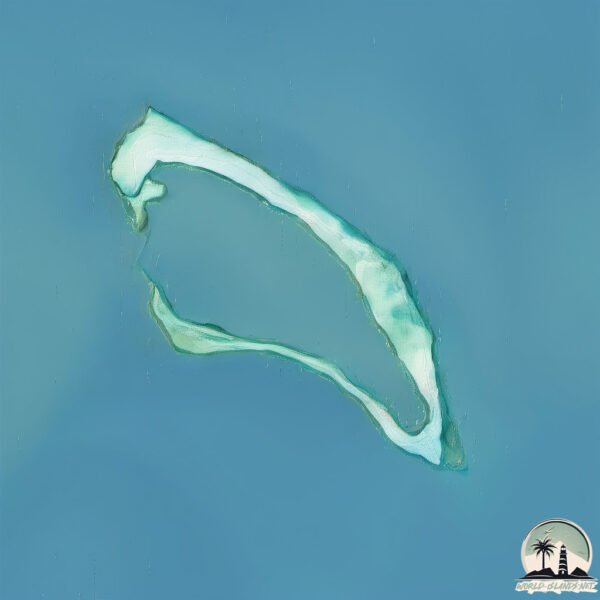Kanton

Welcome to Kanton, a Tropical island in the South Pacific Ocean, part of the majestic Pacific Ocean. This guide offers a comprehensive overview of what makes Kanton unique – from its geography and climate to its population, infrastructure, and beyond. Dive into the details:
- Geography and Size: Explore the island’s size and location.
- Climate and Weather: Weather patterns and temperature.
- Topography and Nature: Uncover the natural wonders of the island.
- Infrastructure and Travelling: Insights on reaching, staying, and making the most of your visit.
- News and Headlines: Latest News.
Geography and size of Kanton
Size: 10.7 km²
Coastline: 73 km
Ocean: Pacific Ocean
Sea: South Pacific Ocean
Continent: Oceania
Kanton is a Medium Island spanning 11 km² with a coastline of 73 km.
Archipel: Phoenix Islands – A group of eight atolls and two submerged coral reefs in the Republic of Kiribati, in the central Pacific Ocean, known for their untouched natural environment and as a UNESCO World Heritage Site.
Tectonic Plate: South America – A major plate covering the South American continent and part of the Atlantic Ocean, known for the Andes mountain range and significant seismic and volcanic activity.
The geographic heart of the island is pinpointed at these coordinates:
Latitude: -2.81303272 / Longitude: -171.67074656
Climate and weather of Kanton
Climate Zone: Tropical
Climate Details: Tropical Savanna, Wet
Temperature: Hot
Climate Characteristics: Defined by distinct wet and dry seasons with high temperatures year-round. Pronounced rainfall occurs during the wet season, while the dry season is marked by drought.
Topography and nature of Kanton
Timezone: UTC+13:00
Timezone places: Pacific/Enderbury
Max. Elevation: -6 m
Mean Elevation: -13 m
Vegetation: Herbaceous Cover
Tree Coverage: 50%
The mean elevation is -13 m. Remarkably, this unique island barely emerges above the sea level, showcasing nature’s fascinating interplay with the ocean. The island is characterized by Plains: Flat, low-lying lands characterized by a maximum elevation of up to 200 meters. On islands, plains are typically coastal lowlands or central flat areas.
Dominating Vegetation: Herbaceous Cover
Comprising mainly of grasses, herbs, and ferns, these areas are common in prairies, meadows, and savannas, and can vary widely in species composition. Kanton has a tree cover of 50 %.
Vegetation: 5 vegetation zones – Highly Diverse Island
With five different vegetation zones, these islands offer a rich tapestry of ecosystems. The variety could include dense forests, open meadows, wetlands, coastal zones, and more. This level of diversity supports an intricate web of life, with each zone playing a vital role in the overall ecological health and balance of the island.
Infrastructure and Travelling to Kanton
Does the island have a public airport? no.
There is no public and scheduled airport on Kanton. The nearest airport is Asau Airport, located 1187 km away.
Does the island have a major port? no.
There are no major ports on Kanton. The closest major port is CANTON ISLAND, approximately 1 km away.
The mean population of Kanton is 3 per km². Kanton is Gently Populated. The island belongs to Kiribati.
Continuing your journey, Nukunonu is the next notable island, situated merely km away.
Kanton Island protected area



Kiribati is classified as Least developed region: Countries that exhibit the lowest indicators of socioeconomic development, with the lowest Human Development Index ratings. The level of income is Lower middle income.
News – Latest Updates and Headlines from Kanton
Stay informed with the most recent news and important headlines from Kanton. Here’s a roundup of the latest developments.
Please note: The data used here has been primarily extracted from satellite readings. Deviations from exact values may occur, particularly regarding the height of elevations and population density. Land area and coastline measurements refer to average values at mean high tide.
